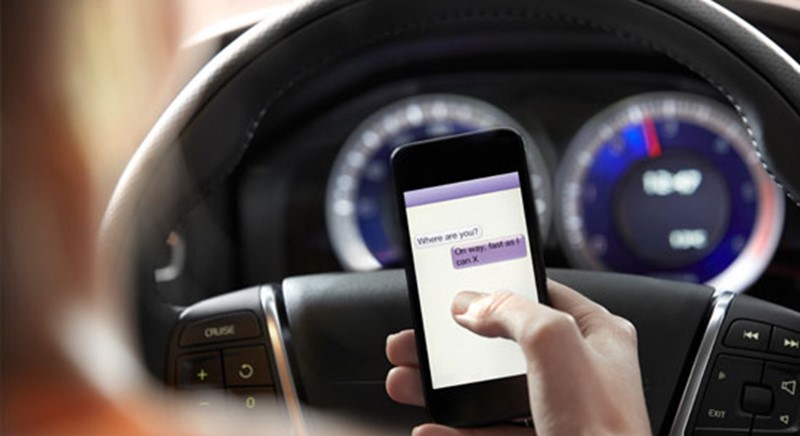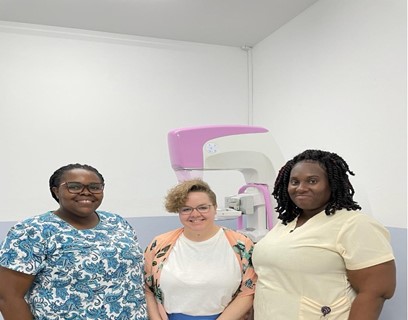
At any given time during daylight hours, 660,000 drivers in the United States use cell phones. Whether it’s texting, taking a phone call, or sending emails, cell phone use is associated with higher rates of dangerous or fatal car crashes. Accidents involving drivers using their cell phones are avoidable but many people put everyone’s safety at risk by ignoring laws against distracted driving.
The information on this page reflects the most current national statistics on cell phone use and driving. Please note that 2013 statistics have not yet been released.
General Cell Phone and Driving Statistics
Texting while driving makes a driver 23x more likely to crash.
Drivers talking on a cell phone are 4x more likely to have a car accident.
Talking on a cell phone while driving can make a young driver's reaction time as slow as that of a 70 year old.
Answering a text takes away your attention for about five seconds. That is enough time to travel the length of a football field.
Studies have found that texting while driving causes a 400% increase in time spent with eyes off the road.
94% of drivers support bans on texting while driving.
74% of drivers support bans on hand-held cell phone use.
Teen Driver Cell Phone Statistics
15- to 19-year-olds make up the largest proportion of distracted drivers.
According to the Insurance Institute for Highway Safety, texting while driving kills 11 teens each day.
In a AAA poll, 94% of teens called texting and driving a serious threat, but 35% admitted to doing it anyway.
11% of drivers ages 15 – 19 involved in fatal crashes were reported to be distracted.
21% of distracted teen drivers involved in fatal accidents were distracted by cell phones.
Teen drivers are 4x more likely than adults to get into car crashes or near-crashes when talking or texting on a cell phone.
A teen driver riding with one other passenger doubles the risk of being involved in a fatal car crash. With two or more passengers, a fatal accident is 5x as likely.
46% of drivers under 18 admit to texting while driving.
Over 60% of American teens admit to risky driving, and nearly half of those admit to texting behind the wheel.
2012 Cell Phone and Driving Statistics
In 2012, 3,328 people were killed in distraction-related crashes.
About 421,000 people were injured in crashes involving a distracted driver.
In 2012, 11% of drivers under age 20 involved in fatal accidents were reported to be distracted at the time of the crash.
One-fourth of teenagers respond to at least one text message every time they drive and 20% of teens and 10% of parents report having multi-message text conversations while driving.
2012 National Survey on Distracted Driving Attitudes and Behaviors
Nearly half (48%) of drivers admit to answering their cell phone while driving.
Of those who answer their phones while driving, 58% of drivers continue to drive while talking on the phone.
In the survey, 24% of drivers reported that they are willing to make a phone call while driving.
One in 10 drivers surveyed said that, at least sometimes, they send text messages or emails while driving.
Of the drivers surveyed, 14% said they read text messages or emails while driving.
A majority of respondents support laws that ban talking on cell phones, texting, or emailing while driving.
2012 Texting Pedestrian Study
Researchers from the University of Washington monitored 20 of Seattle's busiest intersections and observed the following:
Pedestrians who text are four times less likely to look before crossing the street, cross in crosswalks, or obey traffic signals.
They also found that texting pedestrians take an average of two seconds longer to cross the street.
Some statistics taken from:
"Driver Electronic Device Use in 2010." Traffic Safety Facts: National Highway Traffic Safety Administration. December 2011.
"State lawmakers try to curb driver distractions." Pittsburgh Post-Gazette. October 2007.
"Teen texting is OTT, even at wheel." Pittsburgh Post-Gazette. July 2007.
"Driving, Texting Just Don't Mix Well." The Pittsburgh Channel. May 2007.
"Bill would require motorists to unhand their phones." Pittsburgh Post-Gazette. June 2006.
"PennDOT Teen Driver Safety Week News Release." Pennsylvania Department of Transportation. October 22, 2008.
"Cellphones and Driving." Insurance Information Institute. October 2008.
"AMA acts against trans fats, texting while driving." Washington Post. November 10, 2008.
"Teen Texting is OTT, Even at Wheel." Pittsburgh Post-Gazette. July 17, 2007.
"Distractions Challenge Teen Drivers." USA Today. January 26, 2007.
"Distracted Driving 2009." National Highway Traffic Safety Administration. September 2010.
"Driver Electronic Use in 2009." National Highway Traffic Safety Administration. September 2010.
"Distracted Driving and Driver, Roadway, and Environmental Factors." National Highway Traffic Safety Administration. September 2010.
"Most U.S. Drivers Engage in 'Distracted' Driving Behaviors." USAToday.com. December 1, 2011.
"2012 Distracted Driving Attitudes and Behaviors Survey." NHTSA.
"2011 National Occupant Protection Use Survey on Driver Electronics Use." NHTSA.
"2011 Morbidity and Mortality Weekly Report." Centers for Disease Control and Prevention.
"2011 Youth Risk Behavior Surveillance System." Centers for Disease Control and Prevention.
"Distracted Driving 2011." National Highway Traffic Safety Administration.
"Distracted Driving – What Research Shows and What States Can Do." Governors Highway Safety Association. 2011.
National Safety Council.
"New Pennsylvania law not yet putting a dent in texting while driving." Pittsburgh Post-Gazette. April 11, 2013.
“What is Distracted Driving? Key Facts and Statistics” NHTSA National Highway Traffic Safety Administration.
Schroeder, P., Meyers, M., & Kostuniuk, L. (2013, April). National survey on distracted driving attitudes and behaviors – 2012. (Report No. DOT HS 811 729). Washington, DC: National Highway Traffic Safety Administration.


